Hanukkah Foods offer a delightful array of flavors and traditions that enhance the Festival of Lights. At larosafoods.com, we’ve curated a selection of mouthwatering recipes perfect for your Hanukkah celebration, blending classic flavors with modern twists, ensuring a memorable culinary experience. Ready to explore a world of Hanukkah recipes, cooking tips, and nutritional information? Let’s dive in and discover some incredible Hanukkah dishes!
1. Za’atar and Herb Latkes: A Modern Twist on a Classic
Latkes, those golden, crispy potato pancakes, are a Hanukkah staple. Why not elevate this classic with a sprinkle of Za’atar and fresh herbs?
Za’atar and herb latkes bring a vibrant, Middle Eastern flair to your Hanukkah table. Instead of plain potato pancakes, these latkes incorporate a fragrant blend of za’atar and fresh herbs, adding a burst of flavor that’s both traditional and innovative. According to food experts at larosafoods.com, the combination of earthy spices and fresh herbs makes these latkes a standout dish that complements the festive spirit.
Why are latkes a Hanukkah staple?
Latkes are a Hanukkah staple because they symbolize the miracle of the oil that lasted for eight nights. The oil used to light the menorah in the Temple was only supposed to last for one day, but it miraculously lasted for eight. Frying foods in oil, like latkes, commemorates this miracle.
How do you make Za’atar and Herb Latkes?
Making Za’atar and Herb Latkes involves grating potatoes and onions, mixing them with eggs, flour, za’atar, and fresh herbs, and then frying them until golden brown and crispy. According to a recipe analysis by larosafoods.com, the key to perfect latkes is to squeeze out as much moisture as possible from the grated potatoes before frying them.
What are some variations of latkes?
Some variations of latkes include classic potato latkes, beetroot latkes, and sweet potato latkes. Each variation offers a unique flavor profile and nutritional value. Beetroot latkes, for example, are packed with vitamin C and folate, while sweet potato latkes offer a sweeter taste and a boost of vitamin A.
2. Cinnamon, Raisin, and Walnut Rugelach: A Sweet Hanukkah Treat
Rugelach, those crescent-shaped cookies filled with sweet goodness, are a traditional Hanukkah dessert. What makes them so special?
Cinnamon, raisin, and walnut rugelach are made from a cream cheese-based pastry, giving them a melt-in-your-mouth texture. The filling of dried fruits, walnuts, and cinnamon creates a warm, festive aroma that fills your kitchen as they bake. Larosafoods.com highlights that these cookies are not only delicious but also a delightful way to incorporate dairy-based foods, which are traditional for some families during Hanukkah.
Why are dairy-based foods traditional for Hanukkah?
Dairy-based foods are traditional for Hanukkah because they commemorate the story of Judith, who bravely saved her village by feeding a general salty cheese, getting him drunk, and then beheading him. Eating dairy is a way to remember her heroism.
How do you make Cinnamon, Raisin, and Walnut Rugelach?
To make Cinnamon, Raisin, and Walnut Rugelach, you start by preparing a cream cheese dough, then roll it out, spread it with a mixture of cinnamon, raisins, and walnuts, and then roll it up into a crescent shape. According to pastry experts at larosafoods.com, chilling the dough before rolling it out makes it easier to handle and helps the cookies maintain their shape during baking.
What are some fun twists on rugelach?
Fun twists on rugelach include white chocolate and raspberry filling, Nutella filling, and apricot filling. These variations add a modern touch to the traditional cookie, making them even more appealing to children and adults alike.
3. Salt Beef with Beetroot and Horseradish Relish: A Savory Delight
Salt beef, with its rich and savory flavor, is a Jewish favorite that pairs perfectly with latkes. Why is this dish so beloved?
Salt beef with beetroot and horseradish relish offers a delightful contrast of flavors and textures. The slow-cooked salt beef is tender and flavorful, while the beetroot and horseradish relish adds a tangy and spicy kick. Larosafoods.com notes that this dish is not only delicious but also an economical way to make the best of a cheaper cut of meat.
Why is salt beef a Jewish favorite?
Salt beef is a Jewish favorite because it is a way to preserve meat without refrigeration. The process of salting the beef draws out moisture and inhibits the growth of bacteria, allowing it to be stored for longer periods.
How do you make Salt Beef with Beetroot and Horseradish Relish?
Making salt beef with beetroot and horseradish relish involves brining the beef, slow-cooking it until tender, and then serving it with a relish made from grated beetroot and horseradish. According to culinary experts at larosafoods.com, the key to tender salt beef is to cook it low and slow, allowing the flavors to meld together.
What are some ways to serve salt beef?
Some ways to serve salt beef include in a sandwich on rye bread with mustard and pickles, as a topping for mini potato latkes, or as part of a Hanukkah buffet. Each serving style offers a unique way to enjoy this savory delight.
4. Chicken Soup with Matzo Balls: Jewish Penicillin
Chicken soup with matzo balls, often referred to as “Jewish penicillin,” is a comforting and nutritious dish perfect for Hanukkah. What makes it so special?
Chicken soup with matzo balls is a classic comfort food that’s both nourishing and delicious. The warm broth, tender chicken, and fluffy matzo balls make it a perfect remedy for cold winter nights. Larosafoods.com emphasizes that this soup is a lighter meal option that balances out the fried foods often enjoyed during Hanukkah.
Why is chicken soup with matzo balls called “Jewish penicillin”?
Chicken soup with matzo balls is called “Jewish penicillin” because it is believed to have healing properties, particularly for colds and flu. The warm broth helps to soothe a sore throat, while the chicken and vegetables provide essential nutrients.
How do you make Chicken Soup with Matzo Balls?
To make chicken soup with matzo balls, you start by simmering chicken with vegetables and herbs to create a flavorful broth. Then, you prepare the matzo balls by mixing matzo meal, eggs, and oil, and then simmering them in the broth until they are light and fluffy. According to soup specialists at larosafoods.com, the key to fluffy matzo balls is to not overmix the batter and to let them rest in the refrigerator before cooking.
What are some variations of matzo ball soup?
Some variations of matzo ball soup include adding different vegetables, such as carrots, celery, and parsnips, or using a slow cooker to make the soup. These variations allow you to customize the soup to your liking and make it even more convenient to prepare.
5. Jam Doughnuts: A Sweet Symbol of Hanukkah
Jam doughnuts, also known as Sufganiyot, are a quintessential Hanukkah treat. Why are they so popular during the Festival of Lights?
Jam doughnuts symbolize the miracle of the oil that lasted for eight nights. These pillowy, light doughnuts filled with sweet strawberry jam are a delightful way to celebrate the holiday. Larosafoods.com highlights that you can easily switch up the fillings with different flavored curds and custards to suit your taste.
Why are jam doughnuts eaten during Hanukkah?
Jam doughnuts are eaten during Hanukkah to commemorate the miracle of the oil that lasted for eight nights. The doughnuts are fried in oil, which symbolizes the oil used to light the menorah in the Temple.
How do you make Jam Doughnuts?
Making jam doughnuts involves preparing a yeast dough, letting it rise, cutting it into circles, frying them until golden brown, and then filling them with jam. According to baking experts at larosafoods.com, the key to light and fluffy doughnuts is to use fresh yeast and to not overwork the dough.
What are some variations of doughnuts for Hanukkah?
Some variations of doughnuts for Hanukkah include air-fryer doughnuts and baked mincemeat doughnuts. These variations offer a healthier alternative to deep-fried doughnuts and allow you to enjoy this traditional treat without the extra oil.
6. Challah: A Festive Bread for Every Occasion
Challah, a braided bread enriched with eggs and sugar, is a perennial favorite served at pretty much any Jewish festival. Why is it such a staple?
Challah is a dairy-free loaf that is suitable to serve with a meat-based meal under Jewish dietary laws. It’s always a family favorite and served weekly with the Friday night (Sabbath) meal. Larosafoods.com suggests using leftovers to make the best French toast.
Why is Challah served at Jewish festivals?
Challah is served at Jewish festivals because it is a symbol of abundance and celebration. The braided shape of the bread represents love and unity, while the rich flavor and texture make it a special treat to be enjoyed on festive occasions.
How do you make Challah?
To make Challah, you start by preparing a yeast dough, letting it rise, braiding it, and then baking it until golden brown. According to bread-making specialists at larosafoods.com, the key to a perfect Challah is to use high-quality ingredients and to allow the dough to rise properly before baking.
What are some ways to use leftover Challah?
Some ways to use leftover Challah include making French toast, bread pudding, or croutons. These recipes allow you to enjoy the delicious flavor of Challah even after the festival is over.
7. Pomegranate Brisket: A Sweet and Savory Delight
Brisket is another favorite for many families at festival meals, but what makes the pomegranate version special?
Pomegranate brisket brings the sweet-sour notes of tangy fruit for an extra flavor dimension. Larosafoods.com recommends this recipe for its minimal hands-on time, making it great value and the slow-cook ensures it’s flavorful and tender.
Why is brisket a favorite for festival meals?
Brisket is a favorite for festival meals because it is a cheaper cut of meat that becomes flavorful and tender when slow-cooked. The slow-cooking process allows the flavors to meld together, creating a rich and satisfying dish that is perfect for festive occasions.
How do you make Pomegranate Brisket?
Making pomegranate brisket involves searing the brisket, then slow-cooking it with pomegranate juice, onions, and spices until it is tender. According to meat experts at larosafoods.com, the key to a flavorful brisket is to sear it well before slow-cooking and to use high-quality pomegranate juice.
What are some side dishes to serve with brisket?
Some side dishes to serve with brisket include roasted vegetables, mashed potatoes, and cauliflower and squash fritters. These side dishes complement the rich flavor of the brisket and create a well-rounded meal.
8. Sunken Chocolate, Olive Oil, and Hazelnut Cake: A Kosher Dessert
Olive oil-based cakes are great at Hanukkah as they reflect the festival’s focus. Why is this cake a perfect choice?
This sunken chocolate, olive oil, and hazelnut cake is popular with Jewish families who keep kosher, as they can be eaten after a meat meal. This richly chocolatey bake is soft, gooey, and gluten-free, so it ticks a ton of nutritional boxes. Larosafoods.com suggests this cake as a sophisticated dessert option that caters to various dietary needs.
Why are olive oil-based cakes popular during Hanukkah?
Olive oil-based cakes are popular during Hanukkah because they reflect the festival’s focus on oil. The olive oil symbolizes the miracle of the oil that lasted for eight nights, making these cakes a fitting tribute to the holiday.
How do you make Sunken Chocolate, Olive Oil, and Hazelnut Cake?
To make sunken chocolate, olive oil, and hazelnut cake, you start by mixing olive oil, sugar, eggs, and cocoa powder, then folding in ground hazelnuts and baking it until it is soft and gooey. According to cake specialists at larosafoods.com, the key to a perfect sunken cake is to not overbake it, allowing it to remain moist and gooey in the center.
What are some variations of olive oil cakes?
Some variations of olive oil cakes include olive oil and muscat cake, lemon olive oil cake, and orange olive oil cake. These variations offer different flavor profiles and allow you to customize the cake to your liking.
9. Halloumi Fries: A Crunchy, Spiced Delight
Halloumi fries are crunchy, spiced sticks of salty cheese that tick every Hanukkah party box. What makes them so irresistible?
Halloumi fries with a sprinkle of Middle Eastern spice mixture, za’atar, are the real deal for celebrations. Dip them in Thai-style sweet chili sauce if you don’t fancy the Greek yogurt dip. Larosafoods.com recommends serving them with quick-to-make bread and butter pickled cucumbers for a tangy contrast.
Why are halloumi fries perfect for a Hanukkah party?
Halloumi fries are perfect for a Hanukkah party because they are a crowd-pleasing snack that is easy to make and can be served hot or cold. The salty, cheesy flavor and crunchy texture make them a hit with both children and adults.
How do you make Halloumi Fries?
To make Halloumi fries, you start by cutting halloumi cheese into sticks, coating them with spices, and then frying them until golden brown and crispy. According to snack experts at larosafoods.com, the key to perfect halloumi fries is to use high-quality halloumi cheese and to not overcrowd the pan when frying them.
What are some dipping sauces to serve with halloumi fries?
Some dipping sauces to serve with halloumi fries include Greek yogurt dip, Thai-style sweet chili sauce, and honey mustard. These dipping sauces complement the salty, cheesy flavor of the halloumi fries and add an extra layer of flavor.
10. Churros: A Spanish Twist on a Hanukkah Treat
Churros, the Spanish-style fried dough with rich chocolate dipping sauce, are a delightful addition to any Hanukkah celebration. Why are they so universally loved?
Churros are simple to make and ideal for larger gatherings. There’s no need to wait for the yeast to rise as the work is all done by baking powder. Larosafoods.com suggests taking them to the next level with churros ice cream sandwiches — the ultimate luxury.
Why are churros a good choice for a Hanukkah gathering?
Churros are a good choice for a Hanukkah gathering because they are a fun and festive treat that is easy to make and can be enjoyed by people of all ages. The fried dough and chocolate dipping sauce make them a decadent and satisfying dessert.
How do you make Churros?
To make churros, you start by preparing a dough with flour, water, and baking powder, then piping it into hot oil and frying it until golden brown and crispy. According to dessert specialists at larosafoods.com, the key to perfect churros is to use a piping bag with a star tip and to fry them in small batches to prevent overcrowding.
What are some ways to elevate churros?
Some ways to elevate churros include making churros ice cream sandwiches, dusting them with cinnamon sugar, or serving them with different dipping sauces, such as caramel or dulce de leche. These variations add an extra layer of flavor and make them even more special.
Exploring Hanukkah Foods: An In-Depth Guide
Beyond the top ten recipes, understanding the nuances of Hanukkah foods can deepen your appreciation for the holiday. Let’s delve into various aspects, including historical context, regional variations, and health considerations.
Historical Context of Hanukkah Foods
Hanukkah, also known as the Festival of Lights, commemorates the rededication of the Second Temple in Jerusalem during the second century BCE. The story revolves around the Maccabean revolt against the Seleucid Empire, which had desecrated the Temple and suppressed Jewish religious practices.
According to historical accounts, after the Maccabees reclaimed the Temple, they found only one small cruse of olive oil, enough to light the menorah for a single day. Miraculously, the oil lasted for eight days, allowing them time to prepare more. This miracle is the central theme of Hanukkah, and the tradition of eating fried foods is a direct commemoration of this event.
Regional Variations in Hanukkah Cuisine
Hanukkah foods vary significantly across different Jewish communities around the world. Each region has adapted traditional dishes to reflect local ingredients and culinary customs.
| Region | Traditional Hanukkah Dishes |
|---|---|
| Ashkenazi Jews | Latkes (potato pancakes), Sufganiyot (jam-filled doughnuts), Kugel (noodle casserole), Brisket |
| Sephardi Jews | Bimuelos (fried dough balls), Keftes de Prasa (leek patties), Cassola (rice and bean stew), রোজ কনসেন্ট্রেশন (rose concentrate) |
| Israeli Cuisine | Sufganiyot with various fillings (dulce de leche, halva), Latkes with unique toppings (smoked salmon, sour cream), Sfenj (Moroccan doughnuts) |
| Indian Jews | Gulab Jamun (milk-solid-based sweet), vegetable pakoras, and samosas, all fried to celebrate the holiday. |
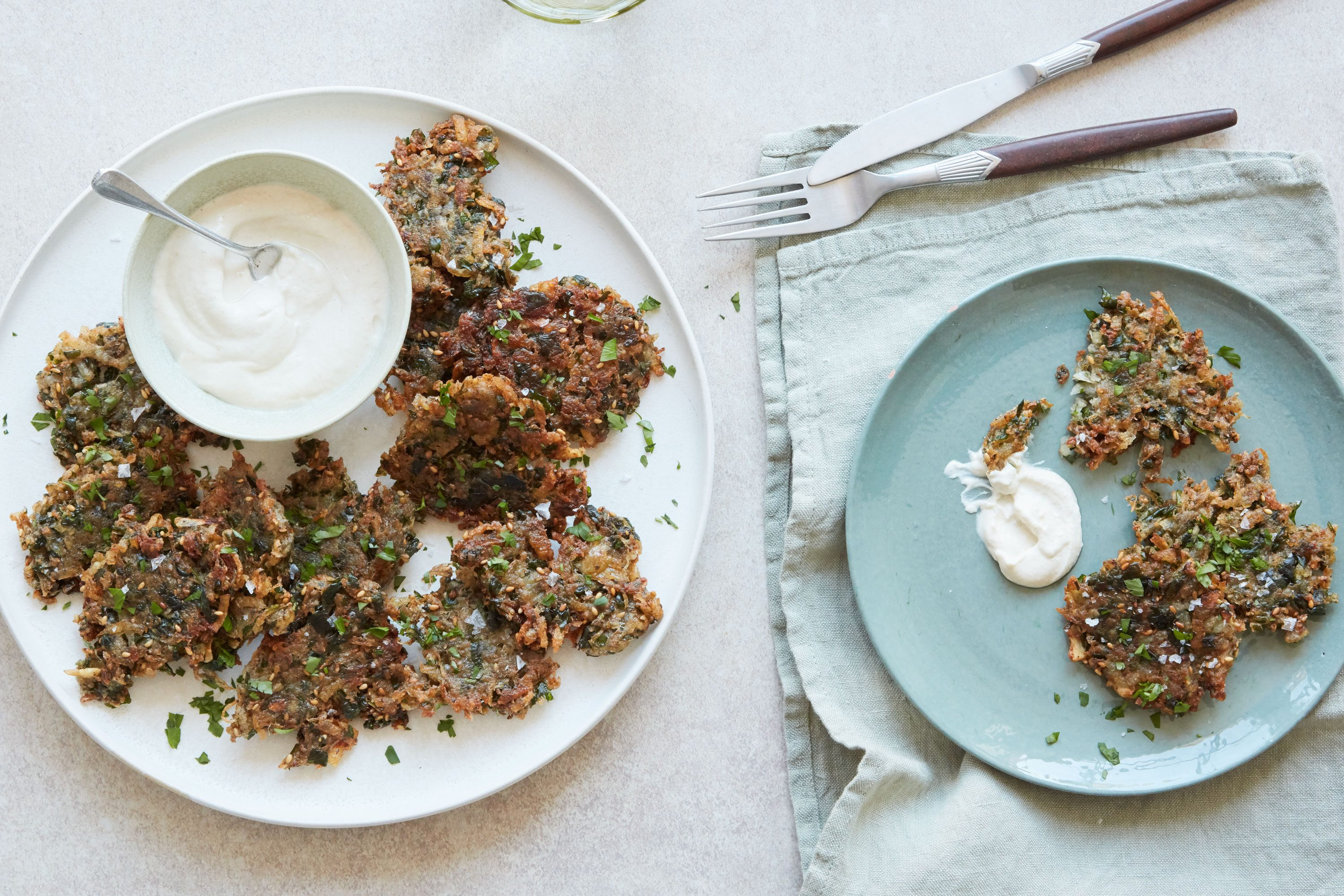
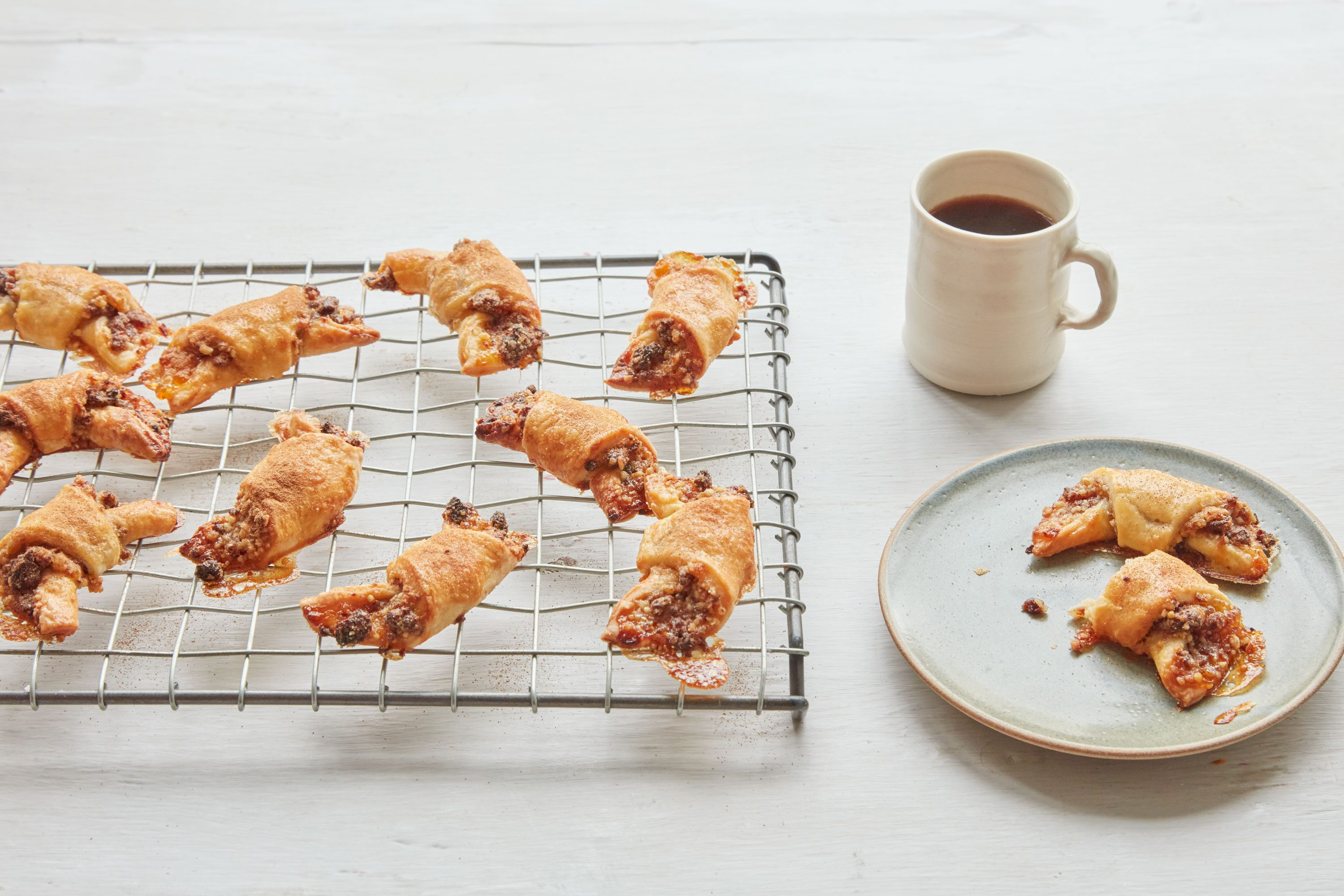
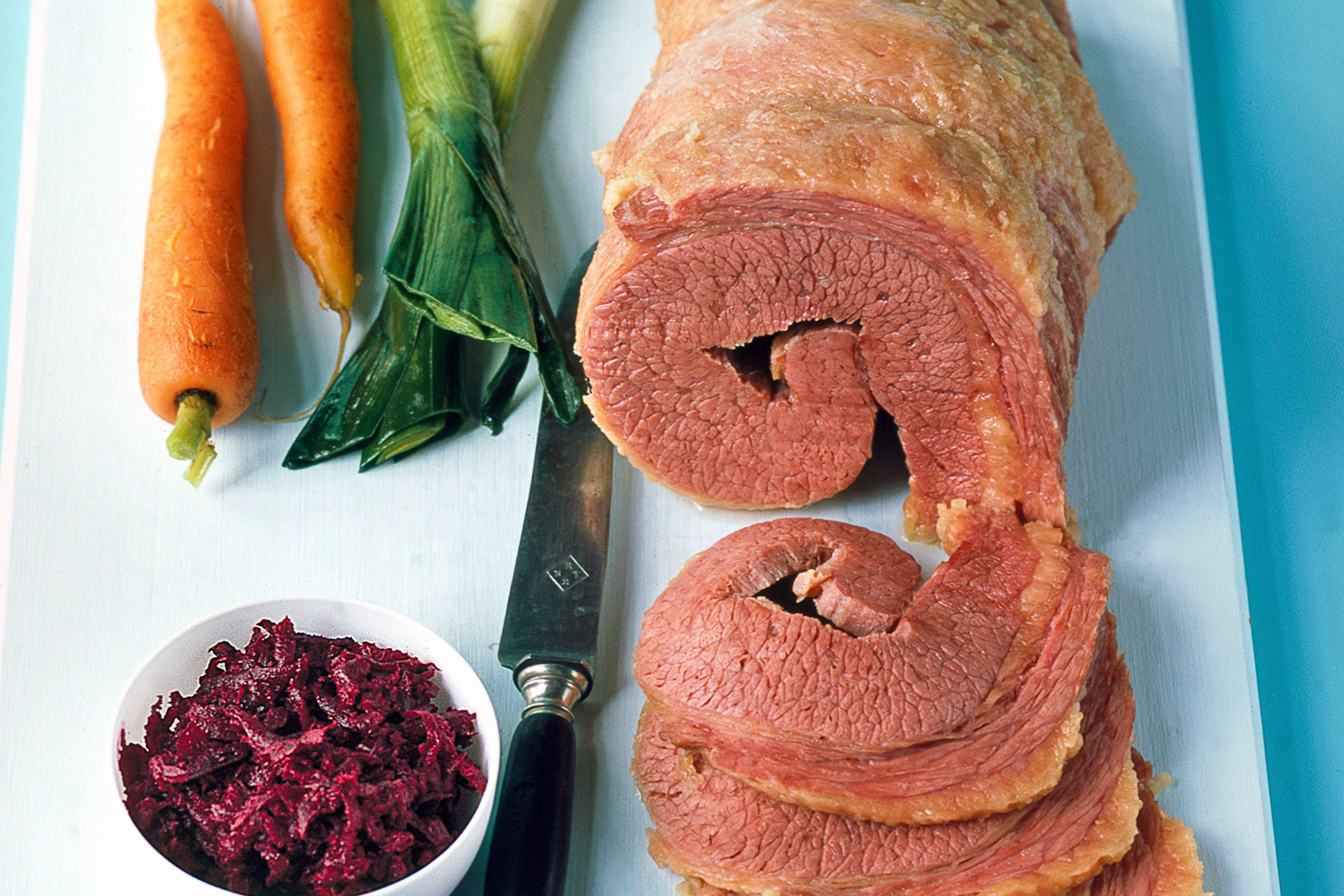
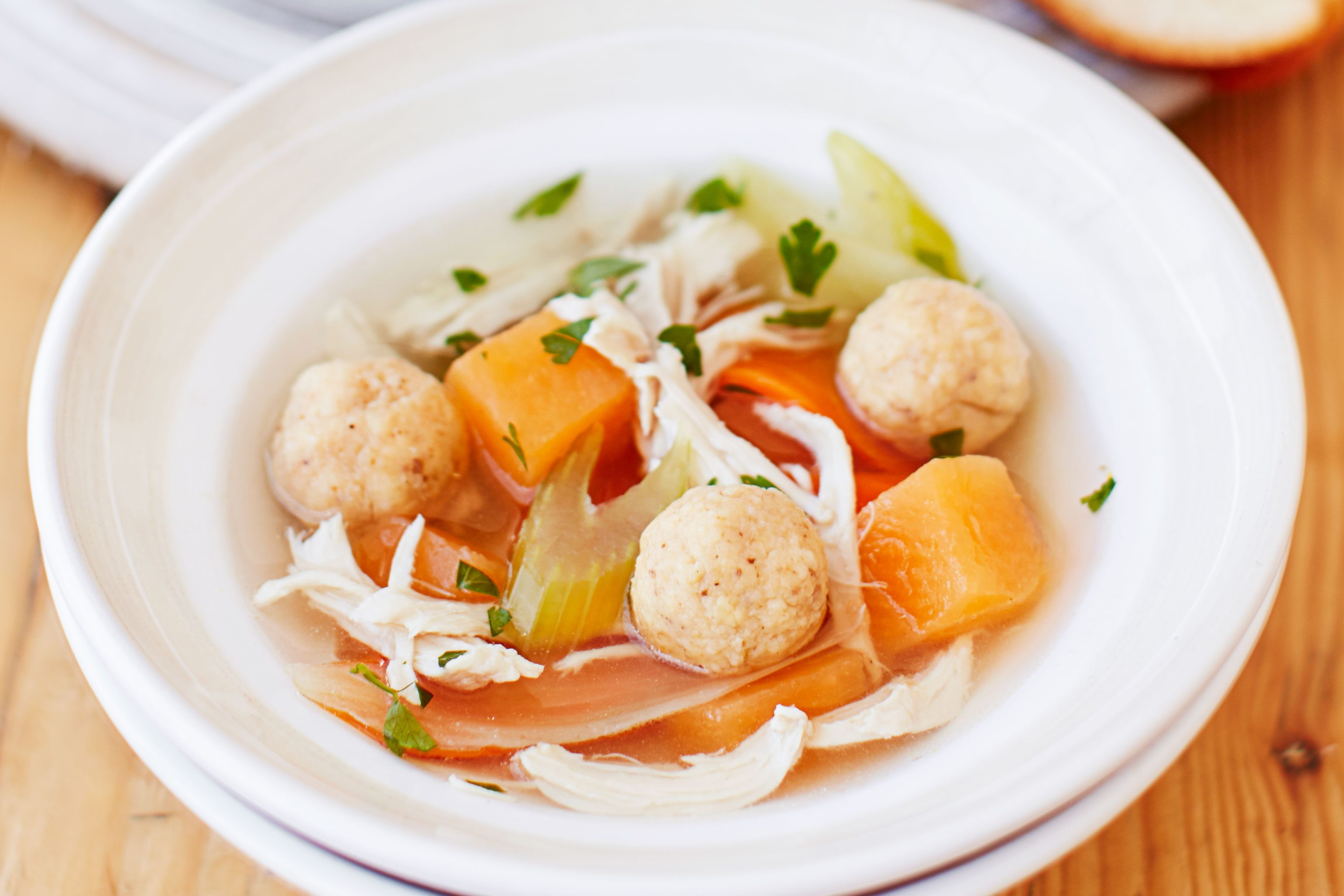
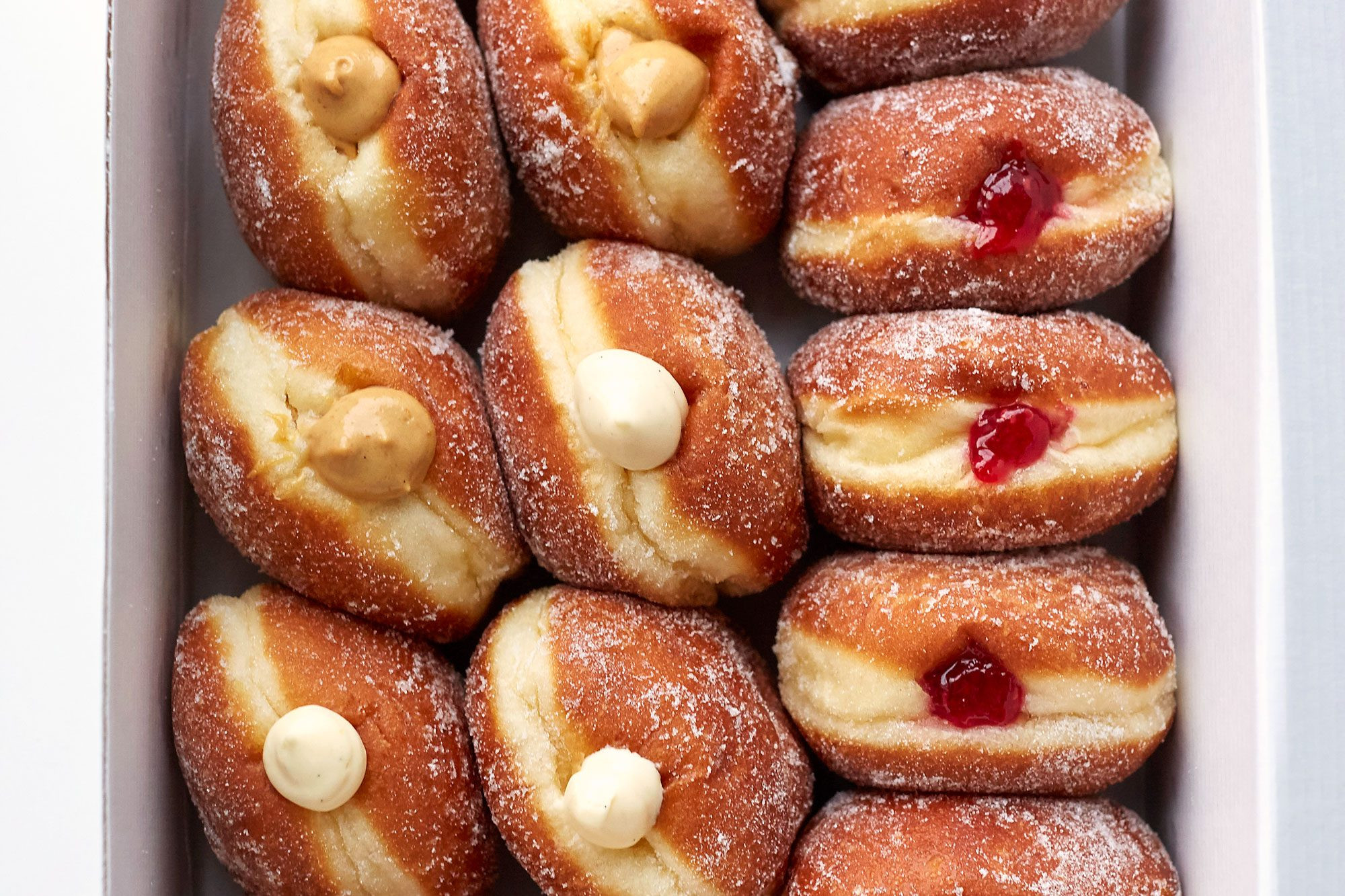
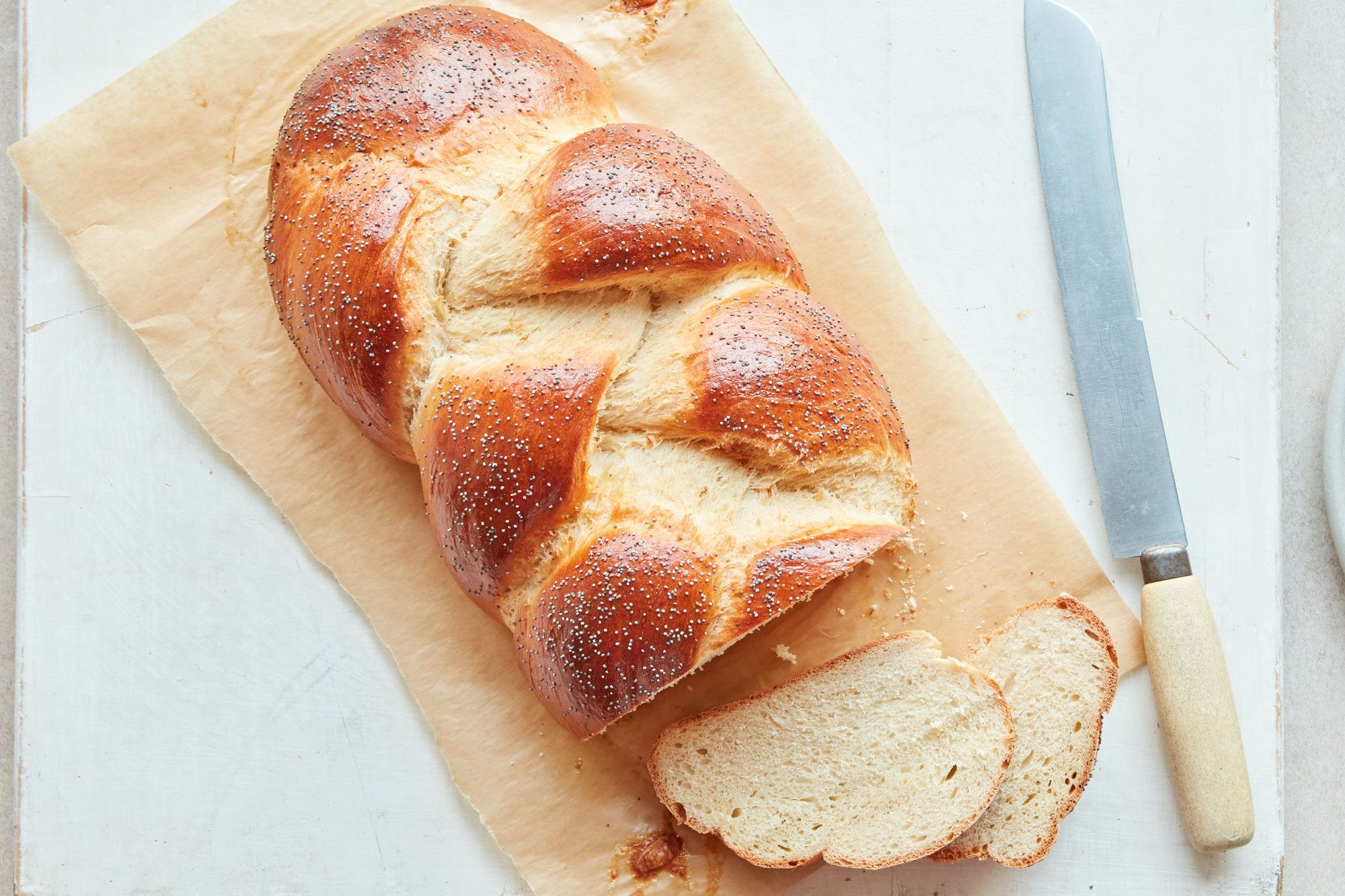
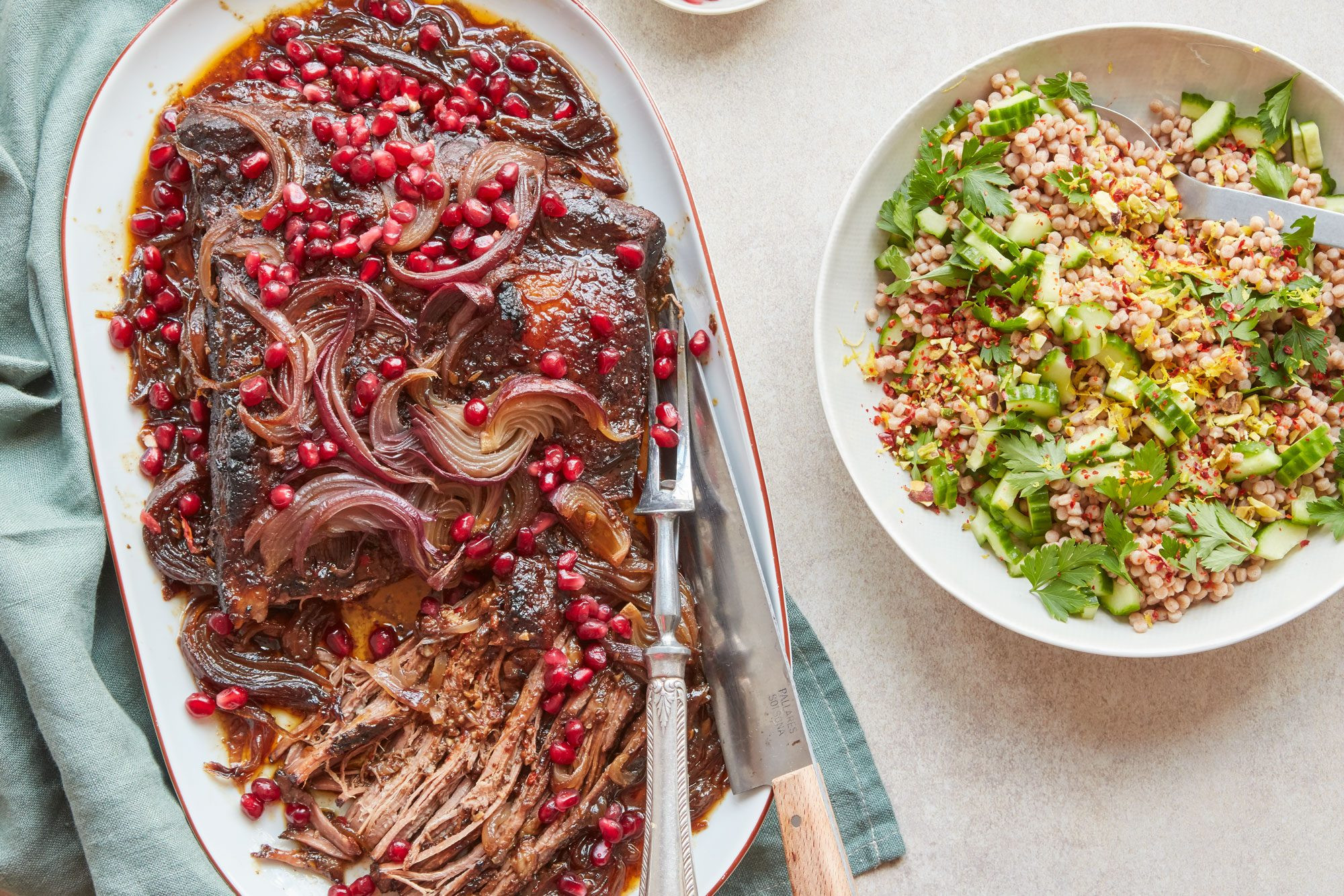
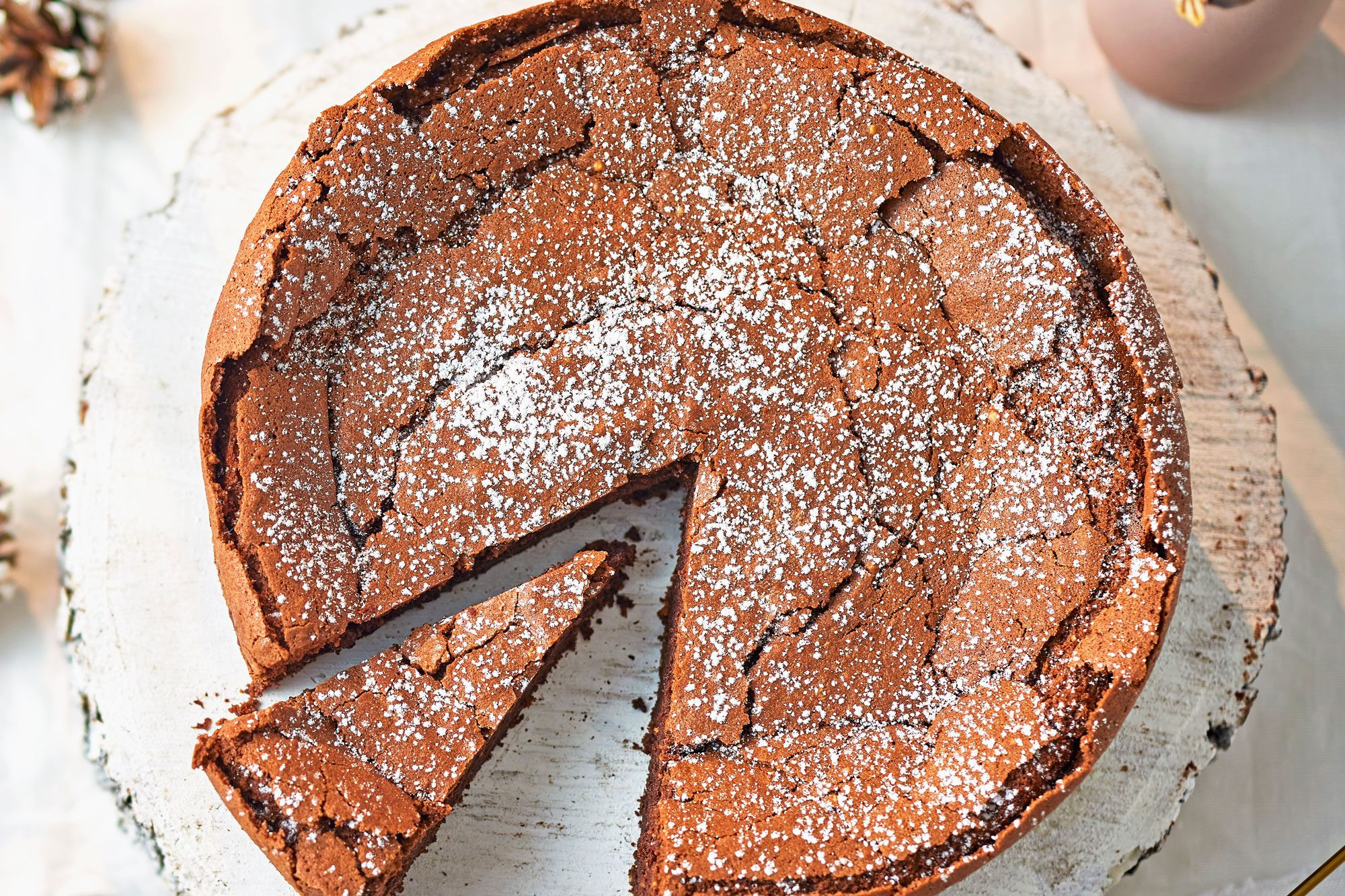
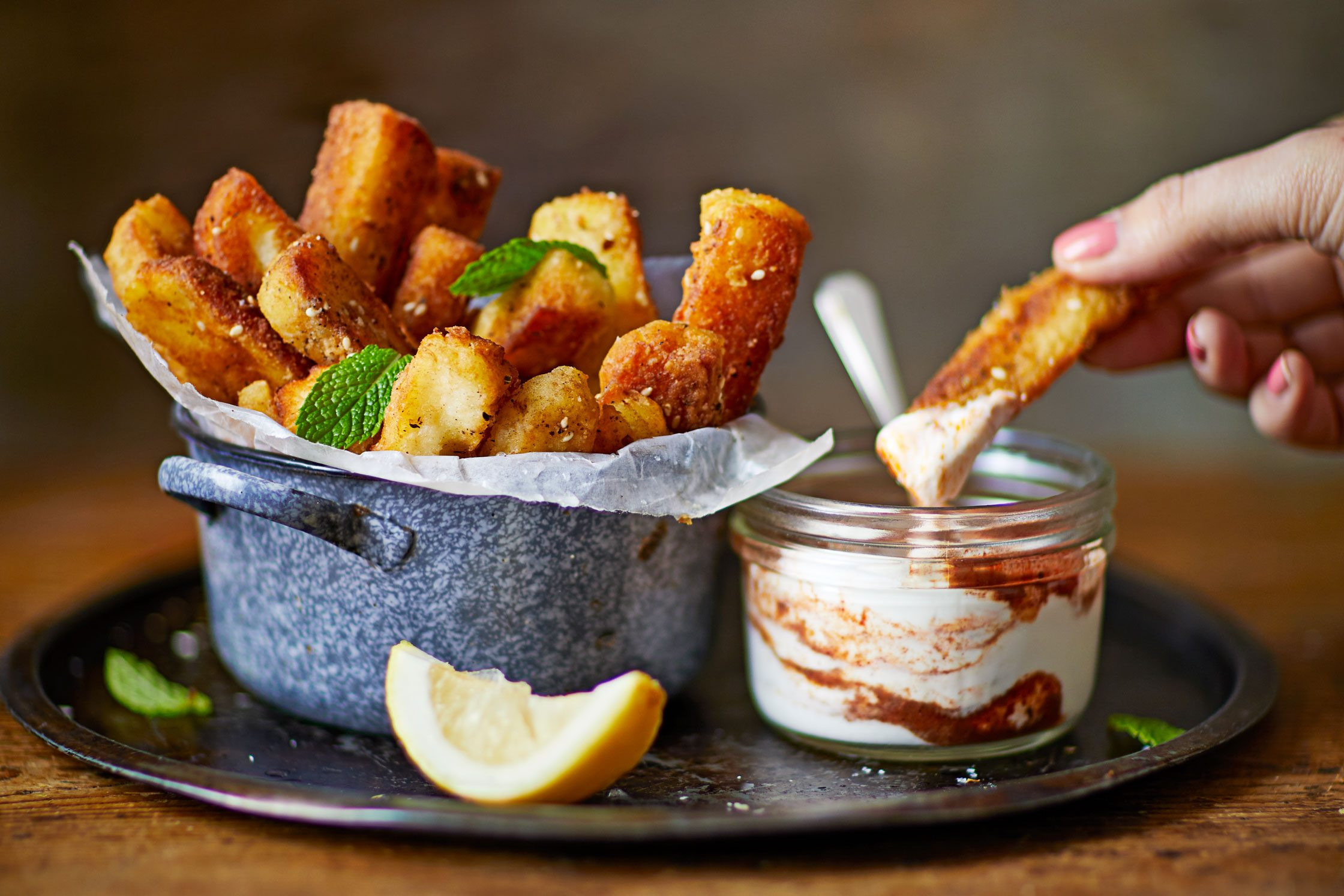

Health and Nutritional Considerations
While Hanukkah foods are delicious and festive, many traditional dishes are high in fat and calories due to the emphasis on frying. It’s important to balance indulgence with health-conscious choices.
According to nutritionists at larosafoods.com, you can modify traditional Hanukkah recipes to make them healthier without sacrificing flavor. Here are some tips:
- Baking instead of frying: Bake latkes and doughnuts instead of frying them to reduce fat content.
- Using healthier oils: Use olive oil or avocado oil for frying, as they are higher in monounsaturated fats.
- Adding vegetables: Incorporate more vegetables into latkes and other dishes to increase fiber and nutrient content.
- Controlling portion sizes: Be mindful of portion sizes to avoid overeating high-calorie foods.
Modern Twists on Traditional Hanukkah Recipes
Modern chefs and home cooks are constantly innovating and creating new twists on traditional Hanukkah recipes. These adaptations often incorporate global flavors, healthier ingredients, and creative presentation.
- Sweet Potato Latkes with Chipotle Crema: Sweet potato latkes offer a naturally sweet flavor, while the chipotle crema adds a smoky and spicy kick.
- Apple Cider Doughnuts: Infuse doughnuts with apple cider for a seasonal twist.
- Vegan Latkes with Avocado Crema: Vegan latkes made with a blend of vegetables and served with creamy avocado crema offer a plant-based alternative.
- Spiced Brisket with Dates and Almonds: Adding dates and almonds to brisket provides a Middle Eastern-inspired flavor profile.
Hanukkah Food and Dietary Restrictions
For individuals with dietary restrictions, such as gluten intolerance, dairy allergies, or vegetarianism, adapting Hanukkah recipes is essential to ensure everyone can enjoy the festive meals.
- Gluten-Free Latkes: Use matzo meal or gluten-free flour blends to make latkes suitable for those with gluten intolerance.
- Dairy-Free Doughnuts: Replace dairy milk with almond milk or soy milk in doughnut recipes to accommodate dairy allergies.
- Vegetarian Brisket Alternatives: Use portobello mushrooms or jackfruit as a vegetarian alternative to brisket, braising them in flavorful sauces.
Tips for Hosting a Hanukkah Feast
Hosting a Hanukkah feast can be a joyful but also stressful experience. Here are some tips to help you plan and execute a memorable and seamless celebration:
- Plan Ahead: Create a detailed menu and shopping list well in advance.
- Prep in Advance: Prepare as much as possible ahead of time, such as grating potatoes for latkes or making the dough for doughnuts.
- Delegate Tasks: Enlist the help of family members or friends to share the cooking and serving responsibilities.
- Set the Mood: Create a festive atmosphere with Hanukkah decorations, candles, and music.
The Role of Latkes in Hanukkah Celebrations
Latkes are arguably the most iconic Hanukkah food. These potato pancakes hold a special place in Ashkenazi Jewish tradition and symbolize the miracle of the oil.
Ingredients and Preparation
- Potatoes: The base of the latke, providing a hearty and comforting texture.
- Onions: Adding a savory and aromatic element to the latke.
- Eggs: Binding the ingredients together and contributing to a light and fluffy texture.
- Matzo Meal or Flour: Helping to absorb excess moisture and provide structure to the latke.
The preparation involves grating potatoes and onions, mixing them with eggs and matzo meal, and then frying them in oil until golden brown and crispy.
Serving Suggestions
- Sour Cream: A classic topping that adds a tangy and creamy contrast to the latke.
- Applesauce: A sweet and slightly acidic topping that complements the savory latke.
- Smoked Salmon: A modern twist that adds a rich and smoky flavor to the latke.
Sufganiyot: The Sweet Centerpiece of Hanukkah
Sufganiyot, or jam-filled doughnuts, are the sweet centerpiece of Hanukkah celebrations in Israel and many Jewish communities around the world. These fluffy doughnuts symbolize the miracle of the oil and provide a delightful treat for celebrants.
Traditional Fillings and Variations
- Strawberry Jam: The most traditional filling, providing a sweet and fruity flavor.
- Custard: Adding a creamy and rich element to the doughnut.
- Dulce de Leche: A caramel-like filling that offers a decadent and indulgent taste.
- Halva Cream: Infusing the doughnut with a nutty and sesame-flavored filling.
Baking vs. Frying
While traditional Sufganiyot are deep-fried, baking them offers a healthier alternative. Baked Sufganiyot can still achieve a fluffy texture and delicious flavor with the right recipe and technique.
The Significance of Oil in Hanukkah Foods
The use of oil in Hanukkah foods is not just a culinary choice but a symbolic representation of the miracle of the oil that lasted for eight nights. Frying foods in oil is a way to commemorate this miracle and to remember the story of Hanukkah.
Oils Used in Hanukkah Cooking
- Olive Oil: Reflecting the oil that burned in the Temple Menorah.
- Vegetable Oil: Provides a neutral flavor and is widely available.
- Canola Oil: Another neutral-flavored oil that is a good option for frying.
- Avocado Oil: Healthier choice with a high smoke point and subtle flavor.
FAQ about Hanukkah Foods
1. What is the significance of eating fried foods during Hanukkah?
Eating fried foods during Hanukkah commemorates the miracle of the oil that lasted for eight nights in the Temple.
2. What are some traditional Hanukkah foods?
Traditional Hanukkah foods include latkes, sufganiyot, challah, and brisket.
3. How can I make Hanukkah foods healthier?
You can make Hanukkah foods healthier by baking instead of frying, using healthier oils, and adding more vegetables.
4. What are some modern twists on traditional Hanukkah recipes?
Modern twists include sweet potato latkes with chipotle crema and apple cider doughnuts.
5. What are some gluten-free options for Hanukkah?
Gluten-free options include latkes made with matzo meal or gluten-free flour and naturally gluten-free desserts like sunken chocolate olive oil cake.
6. How can I accommodate dietary restrictions at my Hanukkah feast?
You can accommodate dietary restrictions by offering gluten-free, dairy-free, and vegetarian options.
7. What are some tips for hosting a Hanukkah feast?
Tips for hosting a Hanukkah feast include planning ahead, prepping in advance, delegating tasks, and setting the mood.
8. What is the role of latkes in Hanukkah celebrations?
Latkes are a symbol of the miracle of the oil and are a staple of Ashkenazi Jewish tradition.
9. What are some traditional fillings for sufganiyot?
Traditional fillings for sufganiyot include strawberry jam, custard, and dulce de leche.
10. Why is olive oil significant in Hanukkah foods?
Olive oil reflects the oil that burned in the Temple Menorah and symbolizes the miracle of Hanukkah.
Hanukkah foods are more than just delicious dishes; they are a celebration of history, tradition, and community. At larosafoods.com, we encourage you to explore these recipes, experiment with new flavors, and create memorable Hanukkah feasts that honor the past while embracing the future. From classic latkes to innovative olive oil cakes, there’s a Hanukkah food for everyone to enjoy.
Ready to embark on a culinary adventure this Hanukkah? Visit larosafoods.com for a diverse collection of recipes, cooking tips, and nutritional information. Let us help you create a Hanukkah feast that is both delicious and meaningful. For any inquiries or assistance, feel free to reach out to us at 1 S Park St, San Francisco, CA 94107, United States, or call us at +1 (415) 987-0123. Happy Hanukkah and happy cooking!


